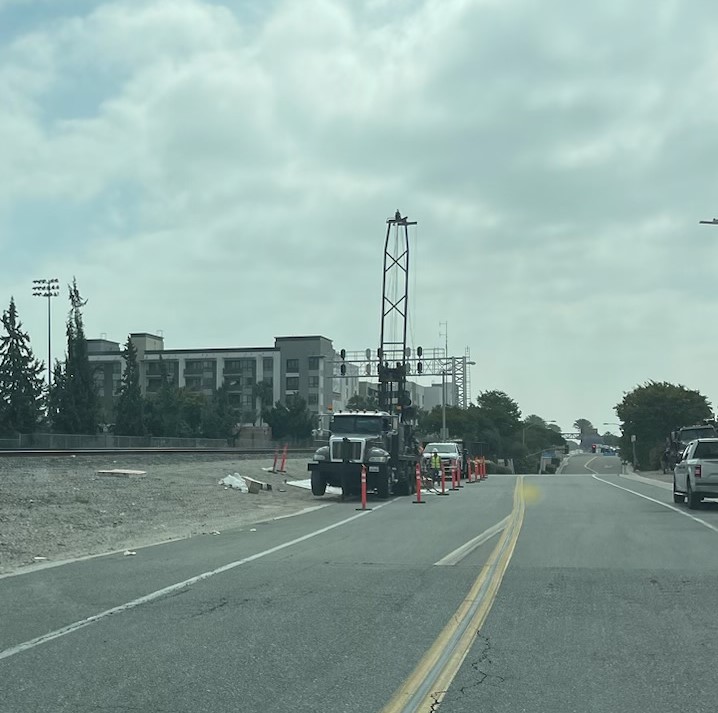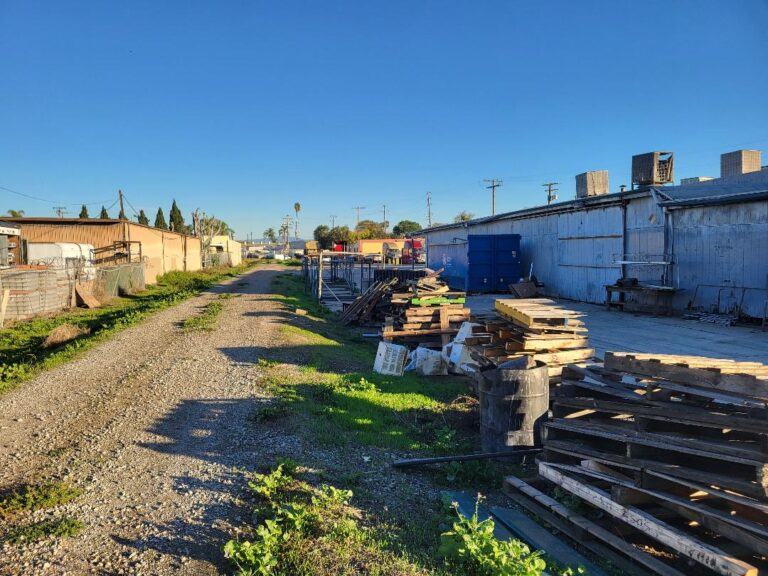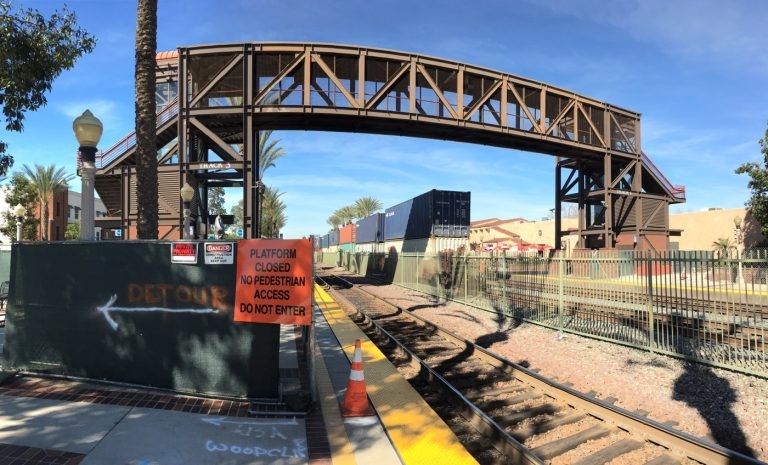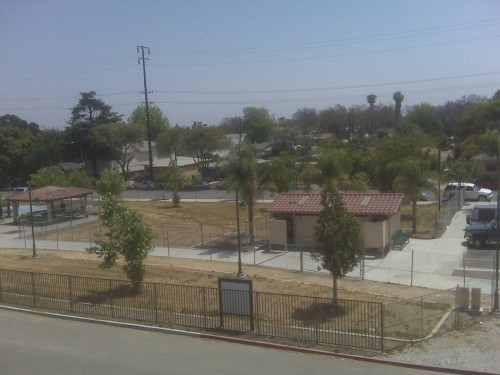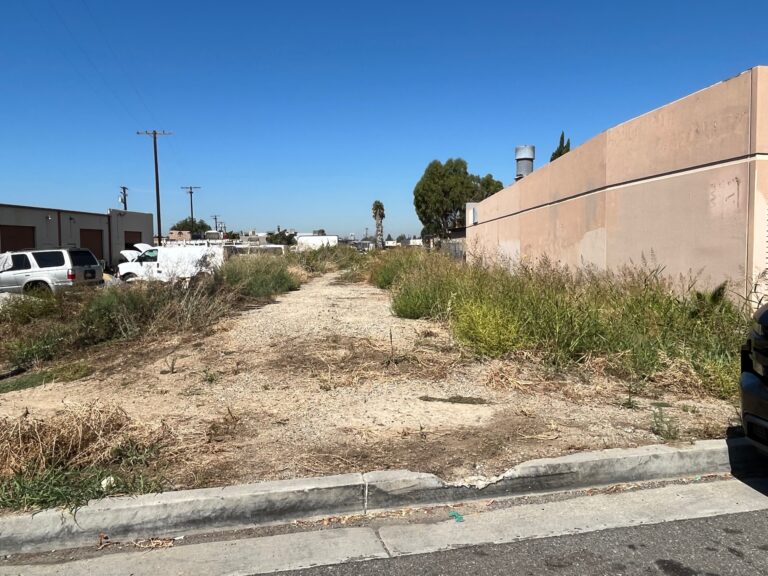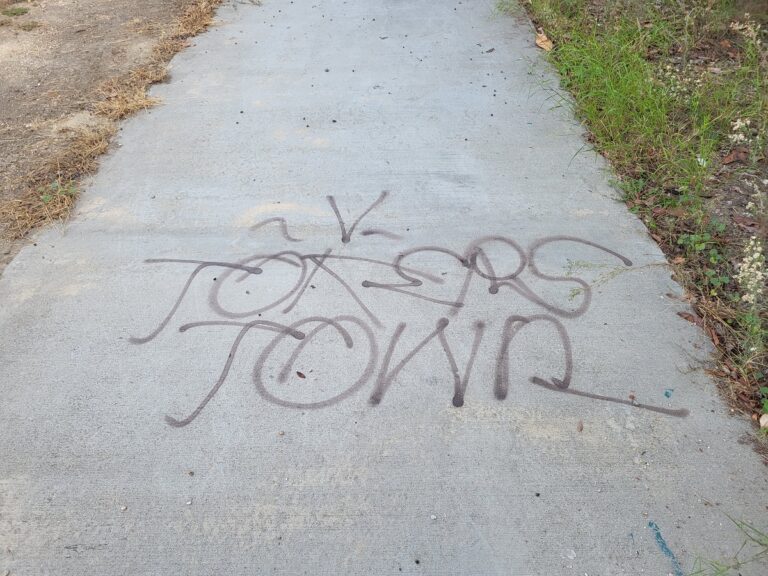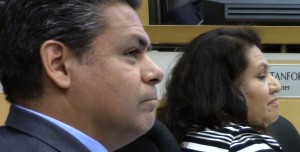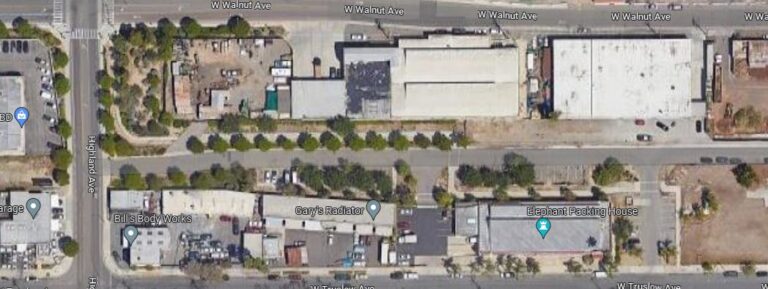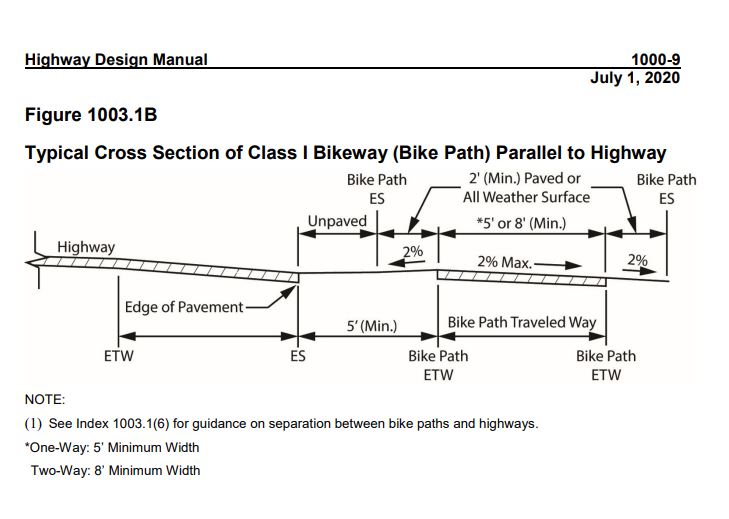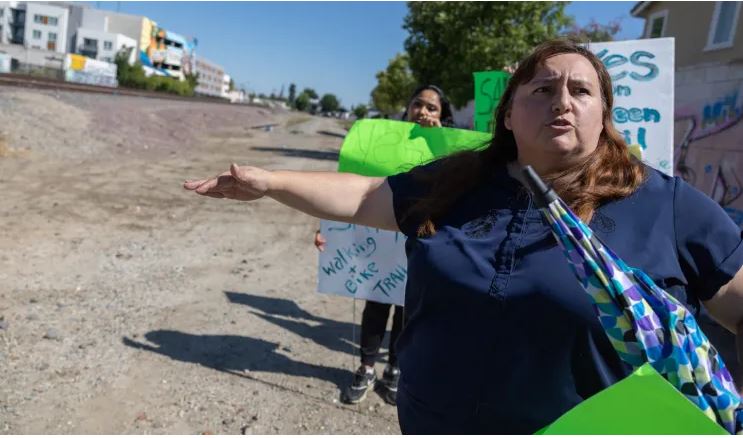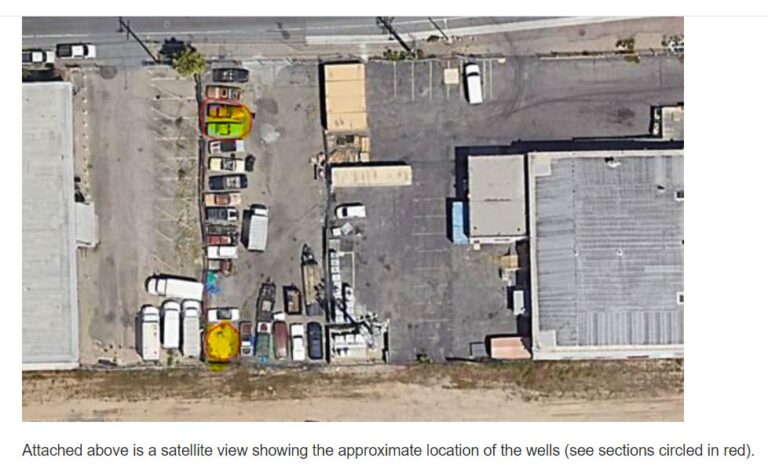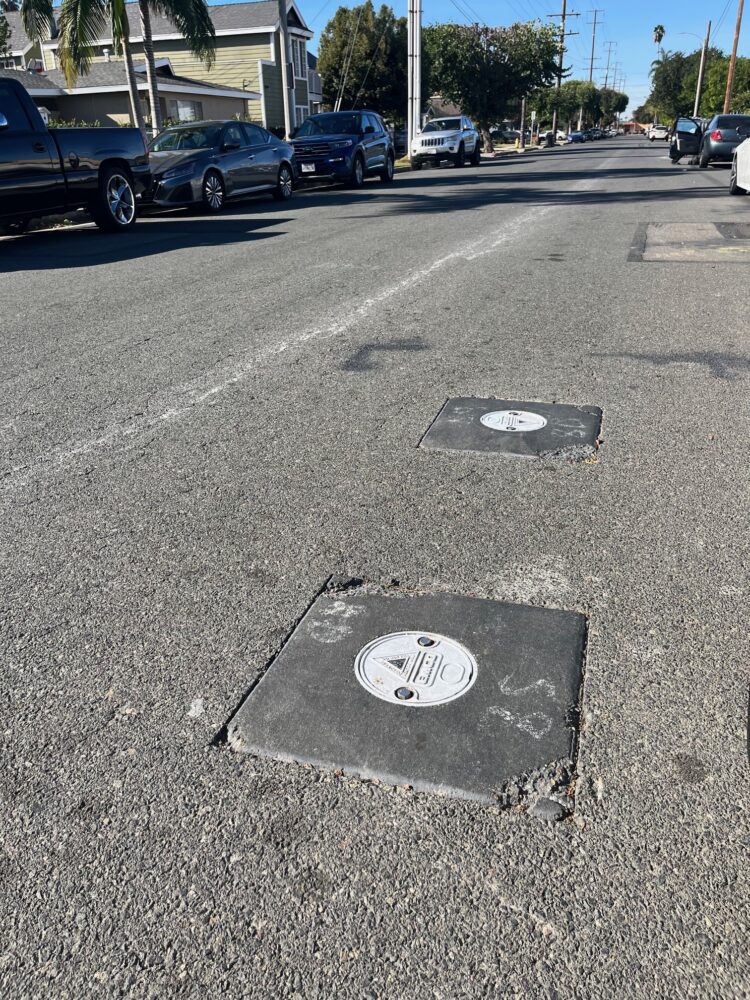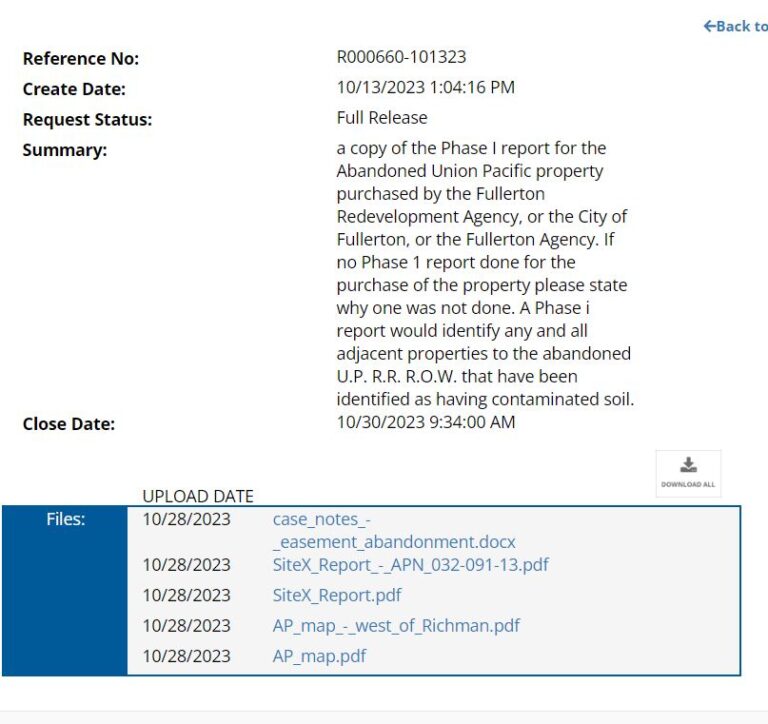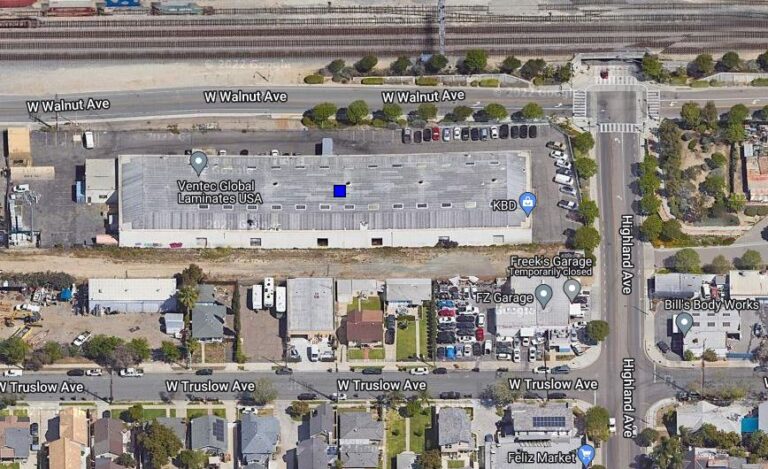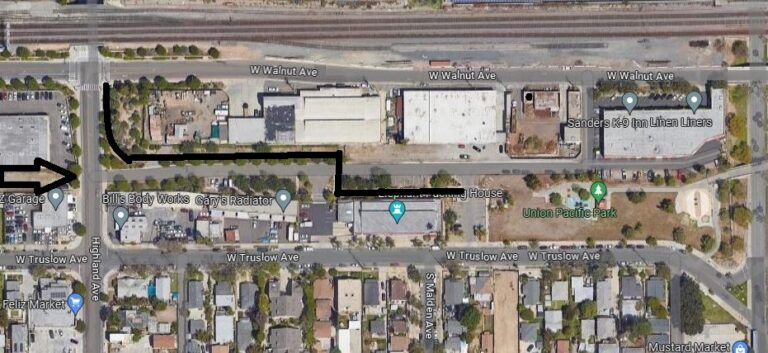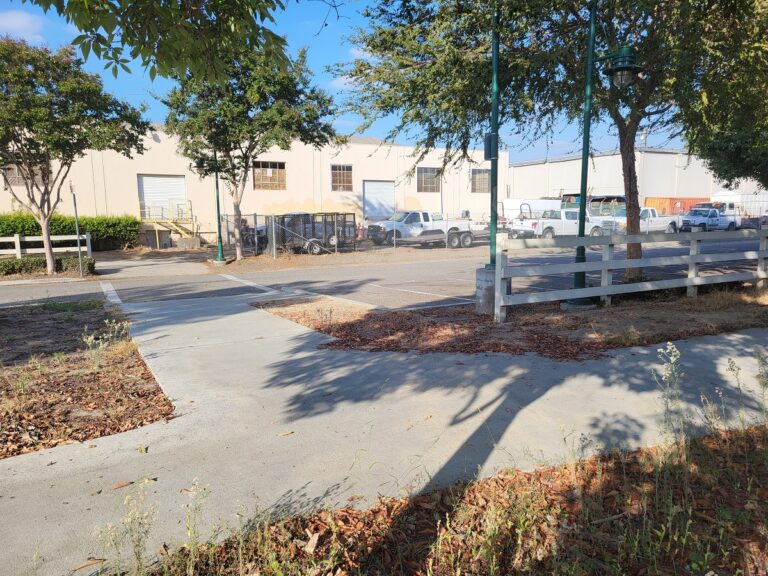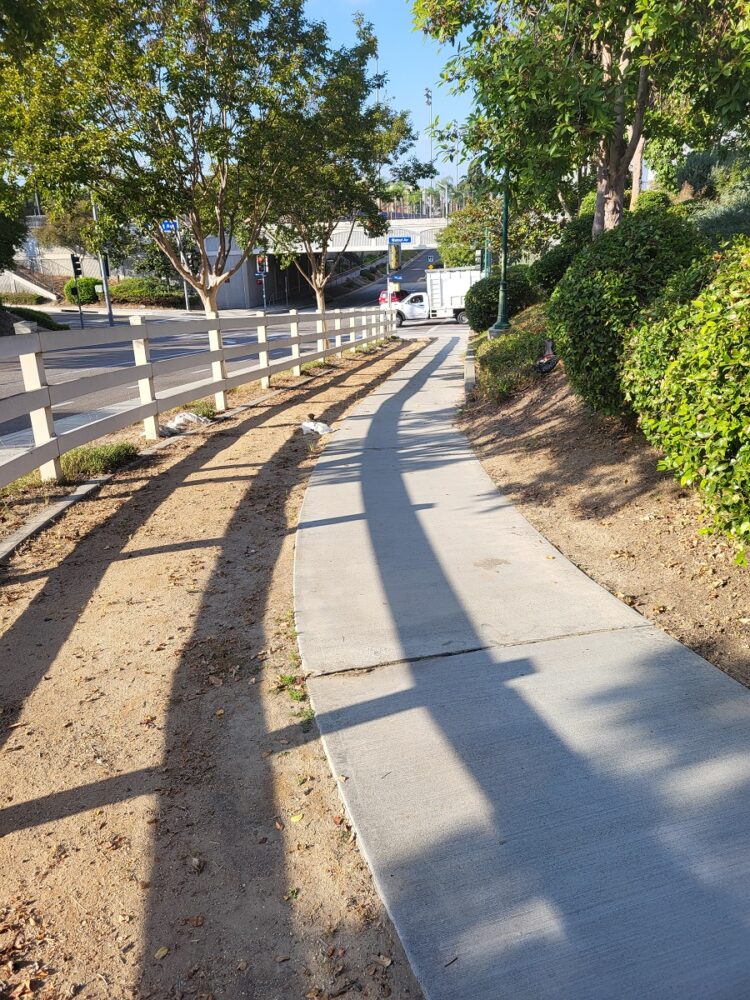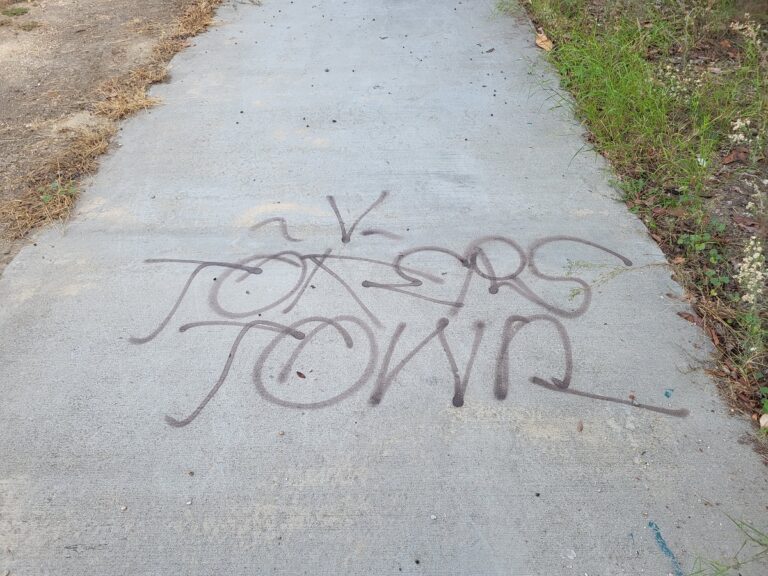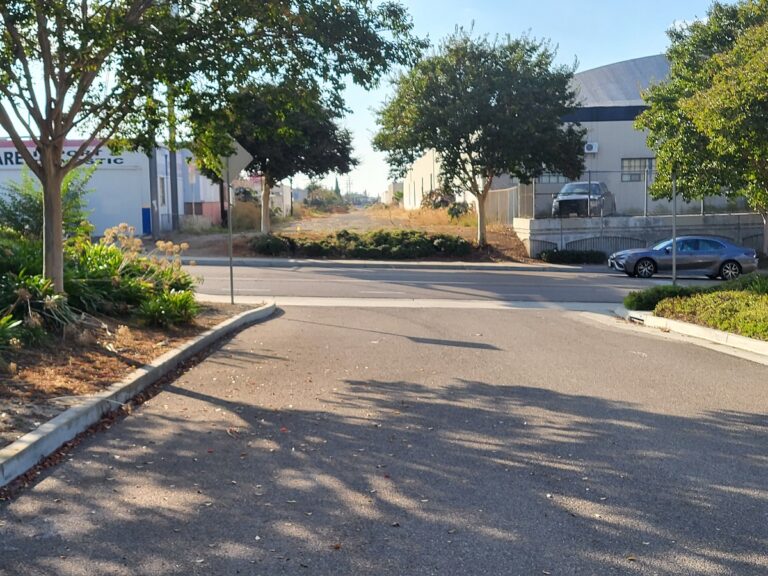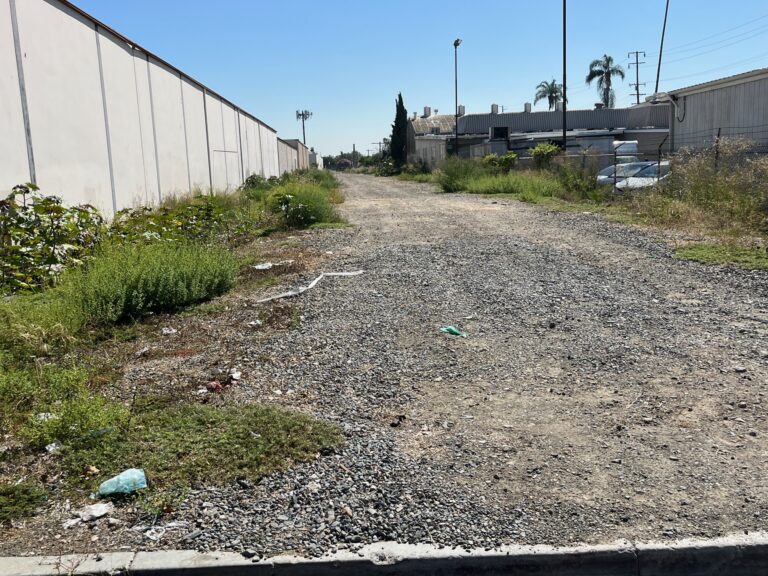Fullerton parks managers have a long and standout history of making things up, pursuing projects of benefit to themselves (programming), and of discounting real public input. I scanned old posts of FFFF to get a sense of the Parks Department players. Two of the leading prevaricators, Hugo Curiel and Alice Loya are gone; but a new face has emerged in this long tradition. And that face belongs to a guy named Edgar Rosales.
As Friends know, FFFF has been inquiring about the status of the deplorable Trail to Nowhere, noting that that two principal milestones have been completely missed – namely design submittal to the State and start of construction. These milestones are currently 8 months behind schedule. Mr. Peabody wondered aloud if it were even possible to meet the October ’25 completion deadline, and whether anybody even cared.
It turns out that the wheels of progress at City Hall may grind slow, but they do grind, especially if somebody else’s money is being wasted.
A sharp-eyed Friend noticed this item from the minutes of the January 13, 2025 Parks Commission meeting.

Enter Edgar Rosales, the new Alice Loya, Junior Grade. During his explanation of the Trail to Nowhere, Rosales started lying too; and misleading the Commission so blatantly, that it really was something to behold. His presentation was infuriatingly dishonest. But first, Edgar’s Transparent California dossier.

The first Rosales lie to the Parks Commission was the assertion that the project was on schedule. Of course it isn’t. Here are the contract schedule milestones.

FFFF has already shown that the contractual milestones are completely blown out of the water. Submission for final plans to the State was supposed to happen last June. Mr. Rosales didn’t bother to inform the Commission that this milestone still hasn’t been met eight months later. No. Instead he told them that preliminary designs were submitted last June, ostensibly to make it look like the schedule was met – just in case any of the Commissioners thought to inquire. They didn’t, of course, because they didn’t know.

Then Rosales volunteered that last August soils testing was done, again a statement crafted to look like the something meaningful had occurred – to look like the maybe even the construction start milestone had been met. Soils testing isn’t construction. That milestone is obviously blown open, too since it follows design, bid and award. The statements is not only a deliberate obfuscation of the true schedule delay, it begs the question of why the City told the State the land was clean in the grant application when they obviously didn’t know and didn’t care. That lie has been propagated endlessly by Trail supporters like the Kennedy Sisters.

The grant application fraudulently described the site as environmentally “shovel ready“ a lie that FFFF exposed long ago, and a lie now unintentionally confirmed by Rosales’ rosy recital of the project history. In the contract this intentional fraud is grounds for revocation/repayment of the grant – not that anybody at the State cares, either.
FFFF discovered through a Public Records Act request that there has been no written communication between the City and the State agency awarding the trail grant. If any contract extensions were made, they must have been verbal; and if any exist Edgar didn’t bother mentioning them.
As to the budget, why, that was looking good too! No mention by Rosales to the Commission that the grant budget failed to include soils testing, soils remediation and removal, water lines, storm drainage, or toxic monitoring well modifications; nor did he bother to remind the Commission about the rampant inflation that has taken place in the past five years since the grant application budget was submitted.
Maybe that accounts for his assertion that the City Council had appropriated $300K to $500K of Park Dwelling Funds as the City’s share of project cost. No, the City’s share was budgeted at $300K only, but that extra $200K sure will be needed.
And the hits kept coming.
Rosales repeated the lie that “Phase 1” starts at the Transportation Center. It doesn’t. It starts at the ass-back end of the still closed Poison Park. There is no eastern trail connectivity to anything.
Rosales deliberately refused to acknowledge that Phase 2 doesn’t even line up with Phase 1, glossing over the alignment mismatch at Highland Avenue where no at-grade crossing exists.
Rosales repeated the oft cited future connectivity at the west end, not a lie exactly, but a hope so delusional that it can pass as one.
So it appears that here is finally a “90%”design, although it has not yet gone trough City plan check or come to the City Council for ratification; and so far it isn’t listed as a tentative item for March meetings. Thereafter follows bid and contract award.

But Edgar is optimistic alright, as one with nothing to lose might well be. He believes the project will be done in October or November. If pigs grow wings that might happen. But there is even less chance of meeting the “plant establishment” milestone by October which necessarily follows planting by some period of time – sometimes months.
I note that Assistant City Manager Daisey Perez was present for this presentation and we should assume that both she and her boss, the boneless Eric Levitt are in on the promulgation of misinformation about this project.
Speaking of Levitt, no one here can remember an award for design services for the trail being approved by the City Council last year. A search of Council meetings in 2024 provides no information. So maybe the City Manager alone decided that a firm called KTUA – a San Diego landscape designer – got the job.
